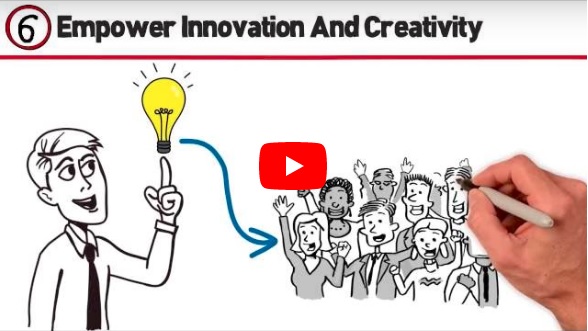Overcoming Resistance to Change

About 20 years ago there was a movement to change the way of doing business by streamlining processes and making organizations flatter by pushing responsibilities down further in the organizations and this often meant getting rid of middle level managers and supervisors by moving accountabilities closer to where work was being done and often team based decision making. This basically meant project management. I think that change management is still being implemented in some companies, but I’m not so sure that any consulting resource is implementing a structured process.
Various companies have engaged me in the last few years to evaluate whether the process changes put in place are achieving the results they expected. I have found the results mixed, and many of the teams I’ve observed are following the process improvements that have been implemented, but it was done without linking to supporting process improvements making sure both were achieving the objectives expected. Unfortunately, this seems normal.
Some examples of these problems are that the short-term schedule should be frozen for a fixed period and only broken into in case of a major emergency. In most cases this is a 7 to 10 day period. Now this doesn’t seem like a difficult rule and this is especially so when you know work done with a broken schedule is estimated to cost 40% more than work done on a frozen schedule.
This makes sense when considering that pre-planning has likely not been done for something not in the schedule that would include parts, engineering support, and other resources required. Also, I found operations may not be ready for work to be done on the equipment or they may not have the resources to help another function prepare to have equipment offline while it’s being repaired. Maintenance is obviously important.
For example, there may be resistance to another function’s fixed schedule resisting the need to do what is perceived as an emergency. So, a coordinated approach is critical to implementing change that helps streamline one process when your success depends on the cooperation of another process, especially if it supplies yours with work. However, this is only one example of resistance to change.
Yes, it happens frequently to those outside the process implementing change and as well as to those being directly affected by the changes in the process being changed. Many people have nostalgia for the way it used to be and won’t support the new process. To facilitate transition, acknowledging the feeling and empathizing with that resistance to the change is important when this is expressed.
It’s important to give people information about the changes that have been implemented and then tell them what will not change. Treat these people with respect and listen to their concerns. If possible, give these people a role to be involved in the process that’s changed. Additionally, ensure individuals understand their roles and responsibilities and the new behavior required is reinforced. In short, implement quickly and highlight successes as often as possible.
To help change happen with as little resistance as possible use the techniques below. Explain why the change is necessary often and make sure everyone affected by the change(s) are aware of the benefits in making the change. Invite and answer any questions and maintain transparency. Don’t just lecture about the change and get everyone engaged in participation of using the new processes as soon as possible.
Make sure the people you most depend on to implement the change(s) are aware of any issues expected and avoid surprises. Communicate often and give feedback and ask for feedback from those implementing. Make sure that people are recognized for the hard work they are doing and reward the organization for the work they’re achieving in working with the new processes.
As an implementer of change you will encounter many types of resistance. Below are examples of forms of resistance.
- Avoiding responsibility.
- Flooding with detail.
- One-word answers.
- Impracticality.
- Attacking.
- Over Compliance (they’ll show you!).
- Changing the subject.
- Confusion.
- Silence.
- Time.
- Nit-picking.
- Pressing for solutions.
Here’s the best way to deal with the resistance regardless which one it is.
Tell them how you feel about the situation and then your perceptions about how they feel. Be authentic because this encourages the person to do the same.
Be assertive and direct without putting anyone down and use “I” statements to be descriptive instead of evaluative.
Some responses to this resistance are listed below.
- Avoidance of responsibility: “You don’t seem to see yourself as part of the problem.”
- Flooding with detail: “You’re giving me more information than I need. Can you tell me about the problem in one sentence?”
- One-word answers: “Tell me more about that!”
- Attacking: “You are really questioning a lot of what I do. You seem angry.”
- Over Compliance: “You seem agreeable to anything I suggest. I’m having a hard time telling what you really feel.”
If you’re trying to implement change you’ll deal with these problems, because everyone is willing to change as long as it’s happening to someone else!
Get everyone on board and it’ll work.
Your path to business success.

